Eleuthero (Eleutherococcus senticosus), packet of 30 seeds
$4.95
Family: Ginseng (Araliaceae)
Hardy to Zones 3 to 7
(Ci-wu-jia, Siberian Ginseng, Spiny Eleuthero) Woody perennial shrub with ginseng-like leaves and white flowers giving way to the blue-black fruits. Rare in cultivation. Native to North Korea, northern China and Siberia. The plant is self-fertile and the flowers are hermaphroditic. The root and root bark are the parts used. Traditional usage: adaptogen. Source of eleutherosides. The plant will thrive in full sun and moist soil in the north, but prefers shade and moist soil in hotter, more southerly locations. Plant does well growing in standard garden soil or woodland soils. Good drainage is not necessary–they do well with wet feet. Cultivation from seeds: These are dried berries from our own plants here on the farm. The seeds require 6 months of warm treatment followed by at least a month of cold treatment, with germination in cold soils. Soak the seeds in water overnight, then store in a sealed plastic bag containing moist coir and store indoors (70 degrees F) in warm conditions for 6 months, then move to cold conditions in the refrigerator (40 degrees F), with germination in a month of cold treatment. Check the baggie frequently and remove seeds that are sprouting and pot them up outdoors in cool, moist shade conditions. Alternatively, the natural approach is often most reliable: sow seed in a cool greenhouse or in flats left in the shadehouse, shade garden, or in moist, cool woods. Sowing in flats in the greenhouse is advised, because this gives better control. Keep the flat screened against mice. Use a potting soil that is water-retentive, containing plenty of peat or coir. Plant the seeds 1/2 inch deep and tamp securely. Germination occurs usually within 7 months of sowing, but depending on local conditions may require 2 vernal cycles before germination takes place. Work seedlings up in pots in the cool shade, and transplant once they have sized-up, when their roots fill a gallon pot. Space plants 3 to 10 feet apart.
Packet of 30 seeds, open-pollinated, untreated, NO GMO’s
In stock

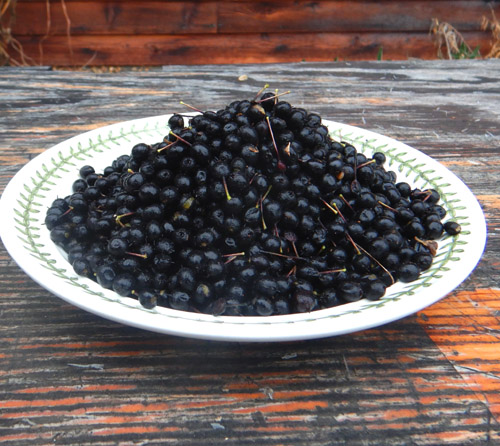
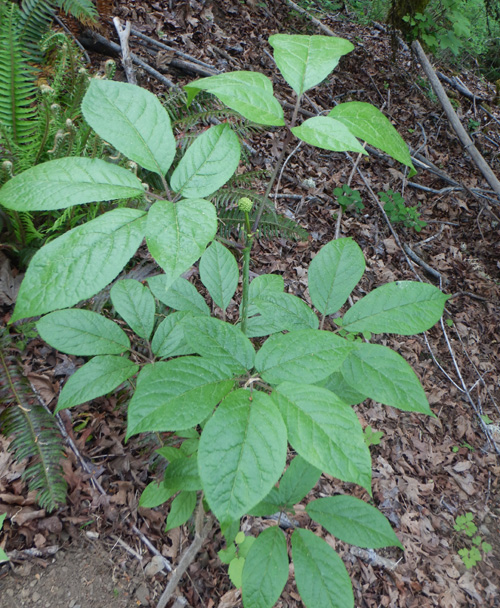
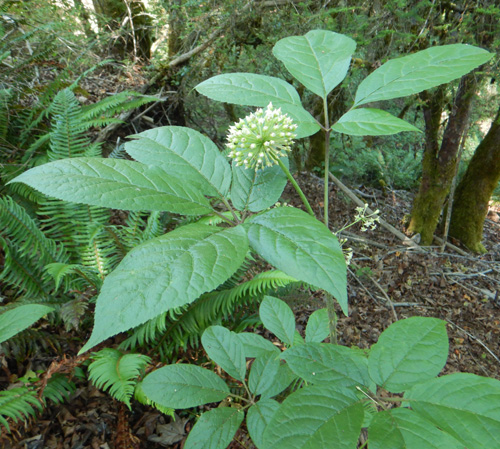
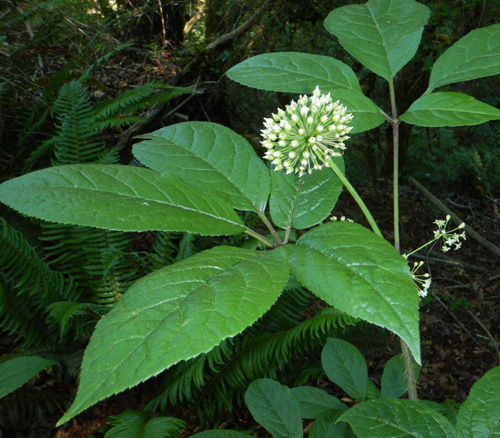
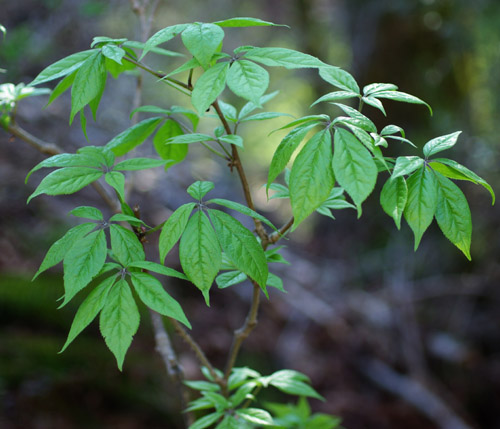
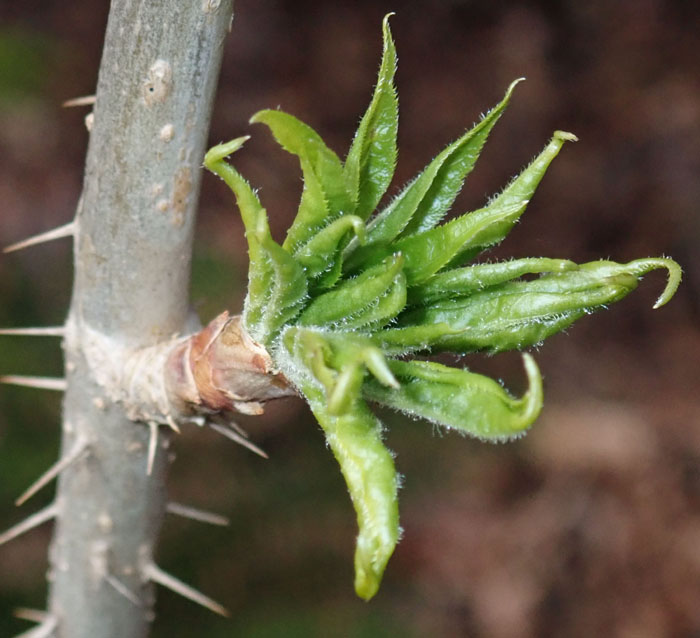
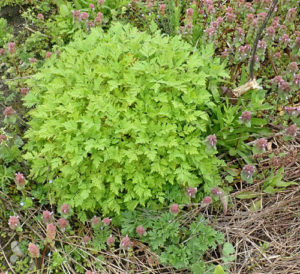
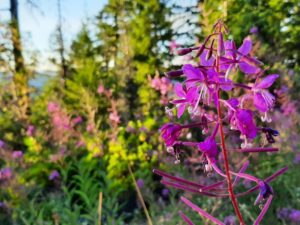
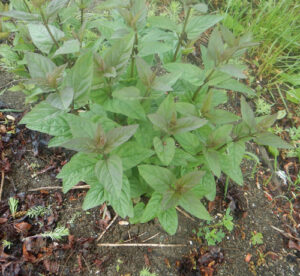

Question
thenaekedgardener (verified owner) –
Hi!
Richo will you have Eleuthero seeds soon once again??!?…..
Will you ever have or do you know of Eleuthero seeds that mostly guarantees horrendously spiny seedlings??
I’m in love with the idea of a mass diverse multilayer hedge screen of the most gruesomely thorny, barbed and spiny plants that will succeed in my neck of the woods!!
Eleuthero is a key shade loving element in this primarily sun loving assortment of gruesome boundary hedge guilds……
Richo, any other suggestions on shade tolerant hedging/screening plants? companion guilds?
For sun lovers I’ve got Two species of Buffaloberries, Honey and Black Locusts, Maclura pomifera, Trifolate Orange, Spiny Bamboo, Stinging Nettle, Thorny Brambles, etc….
Northern East Arkansas minimum winter temps:-10F
-naeked
Upvote if this was helpful (0) Downvote if this was not helpful (0) Watch Unwatch Flag for removal
Richo Cech –
Well, the eleuthero as you probably know requires cool, moist conditions. I just went down and checked some of our spiny eleuthero mother plants and they did more than usual in terms of fruit production this year. Harvest is after first frost. r
Upvote if this was helpful (0) Downvote if this was not helpful (0) Flag for removal
elyanahshearer08 –
Hey Richo, is there any chance you’ll have some seeds in for 2023? Thanks!
Upvote if this was helpful (0) Downvote if this was not helpful (0) Flag for removal
Richo Cech –
Hi Elyana, thanks for wanting these. We had an early frost this year and the eleuthero fruits didn’t make it. we’re hoping for a longer season next year! There are plants available, getting one of these would save you years of effort, they are almost sold out. richo
Upvote if this was helpful (1) Downvote if this was not helpful (0) Flag for removal
K. –
How long do these take to grow to maturity for root harvesting?
Upvote if this was helpful (0) Downvote if this was not helpful (0) Flag for removal
Richo Cech –
Hello K., Thanks for contacting. I would say at least 3 years. If you’re wanting a fast-growing, early to harvest adaptogen, just plant tulsi. As an aside, tulsi tastes great while eleutherococcus is neutral to the taste. . . richo
Upvote if this was helpful (0) Downvote if this was not helpful (0) Flag for removal
Megan (verified owner) –
Seeds planted in winter 2019 have finally sprouted! I am glad I didn’t give up on them! I nearly forgot that I planted these, perhaps that’s just what they were waiting for. Thank you for putting up photos of the young seedlings, helped me verify my hunch
Upvote if this was helpful (0) Downvote if this was not helpful (0) Watch Unwatch Flag for removal
Richo Cech –
Melody,
Yes, the violet seeds are planted in outdoor conditions in the fall and germinate in the spring. Indoor plantings generally fail. I believe we still have plants in stock on this–purchasing plants would put you way ahead–they are the same type, the seeds and the plants.
Richo
Upvote if this was helpful (0) Downvote if this was not helpful (0) Flag for removal
Question
mariecantu88 –
I notice the hardiness zone is up to 7; will it thrive in PNW 8b or does it need longer/colder winters?
Upvote if this was helpful (0) Downvote if this was not helpful (0) Watch Unwatch Flag for removal
Richo Cech –
Hi Marie, I believe that more than a winter dormancy requirement the plant simply needs protection from sun and heat. In a Zone 4 Alaska you can give more sun, but down on coastal or inland PNW it is a shade plant. You can try it–one doesn’t need to be a cosmonaut to try it–choose that cool and shady niche.
Richo
Upvote if this was helpful (1) Downvote if this was not helpful (0) Flag for removal
mariecantu88 –
Thank you, plenty of shady corners here I could tuck it in! Sounds like it’s worth a shot.
Upvote if this was helpful (0) Downvote if this was not helpful (0) Flag for removal
Question
Matt (verified owner) –
Do you have a spiny variety? I’m in Alaska and plants that have their own defense against browsing are greatly appreciated. The moose here are huge, hungry and basically unstoppable. Any variety with terrible spines, thorns and bristles will be welcome here. I have ordered some seed already, maybe I’ll get some spikes out of some of them, one can hope. Just wondering if you have any plants that are too viscous for civilization and look up for a challenge. Thanks
Upvote if this was helpful (0) Downvote if this was not helpful (0) Watch Unwatch Flag for removal
Richo Cech –
MAtt, I have spiny eleuthero in plants only, not in seeds. You could buy a spineless plant and request that I send you a spiny one for the same price. They do well in extreme conditions but they do need shade. richo
Upvote if this was helpful (0) Downvote if this was not helpful (0) Flag for removal
kelebecs –
Hi! Why is this plant rare in cultivation? Does it have a lot of problems like pests etc..thank you
Upvote if this was helpful (0) Downvote if this was not helpful (0) Flag for removal
Richo Cech –
Hi there, Pests do not much bother Eleutherococcus. Its rare in cultivation because its difficult to germinate the seeds and requires specific growth conditions that are not typical to most cultivated plants. Plants become rare because of overharvest, loss of habitat and difficulty of cultivation. Richo
Upvote if this was helpful (2) Downvote if this was not helpful (0) Flag for removal